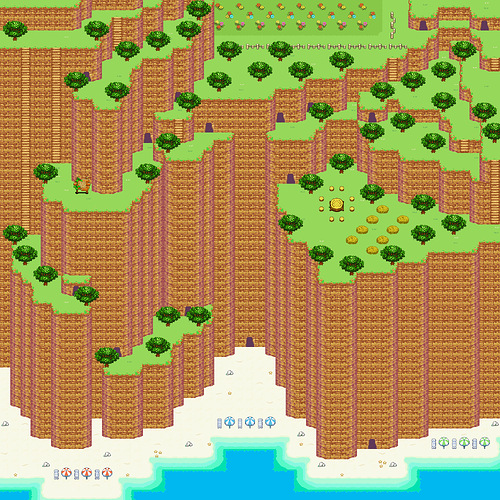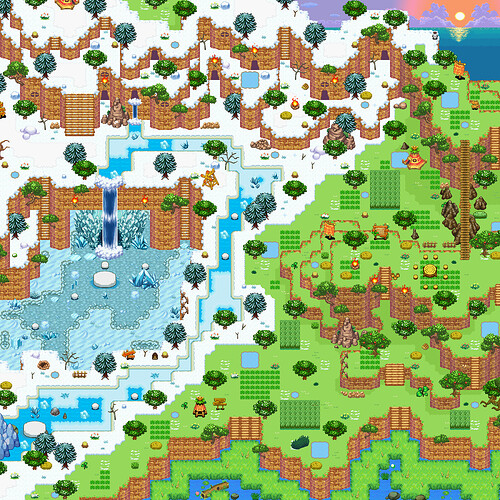VI. Perspective
Your sense of perception is very important when you are mapping. You have to look through the eyes of your player to see what things would be from their point of view. If this is done, certain mistakes can be easily avoided.
Here are a few examples to explain this point:
A. Waterfalls Over Cliffs
When a waterfall goes over a cliff, it is going straight down, unless you put stops in between. If you add something between the waterfall and the water where it splashes it must be small enough to go over. Adding more cliffs in between would be too large to just pass over without a stop.
Tip: Also make sure the waterfall is the same height as the cliff.
Example Image Explanations:
Incorrect:
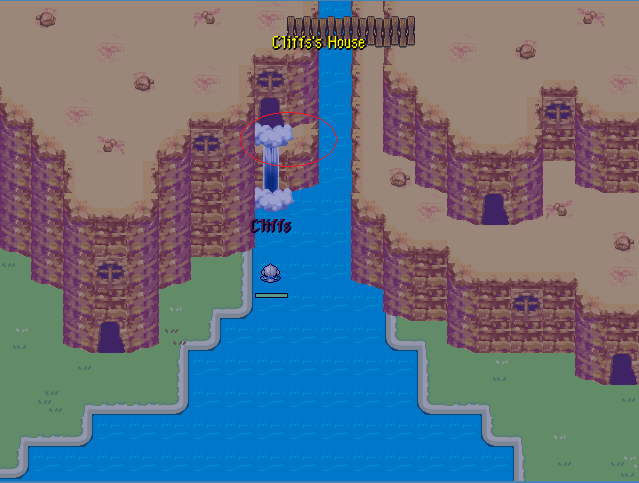
To a player, here the waterfall would appear slanted, shooting directly from the opening to the water. This is visually incorrect, if a stop in between were added, it could be okay.
Correct:
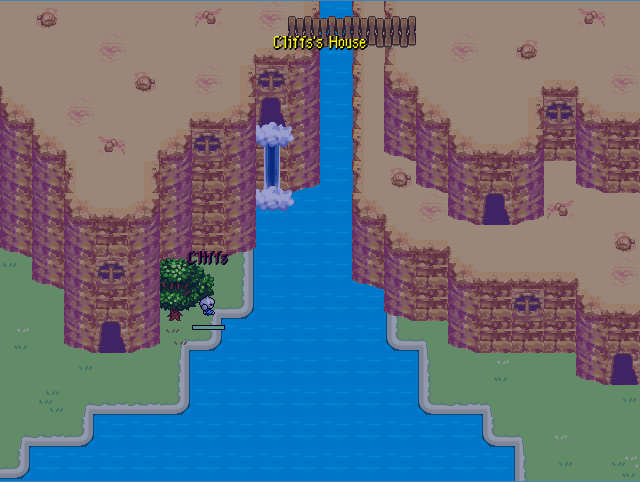
The waterfall is correctly passing down the cliff side without any large obstructions in its way, making it visually correct.
B. Objects Beside Cliffs:
When you have a objects beside a cliff, usually its side should be hidden. This is because that side would be behind the cliff, and therefore hidden from a player"s point of view.
Example Image Explanations:
Incorrect:
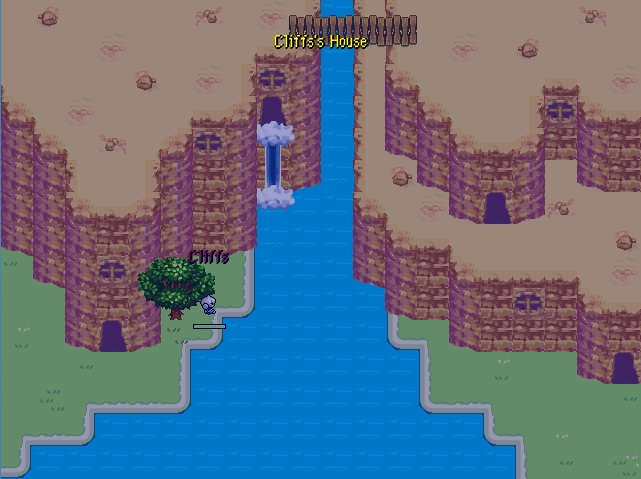
As you can see in the image, the left side of the tree is “in front” of the cliff. But because it is a square behind the cliff front, it should be “behind” the cliff.
Correct:

Here the tree side is correct “behind” the cliff and hidden from view.
This does not only refer to trees though, it can also refer to: foam on waterfalls, larger rocks, plants, etc. Overall larger objects.
C. Height Perspectives
One way to emphasize how high up something is, is by making the bottom look like everything has shrunk. It is all perception; things have not really shrunk, but you have just used really small trees and made a very skinny river and such. It is a little difficult to explain, but this image should be enough explanation.

See how I made the river look very skinny? This way it looked as if we were really on top of the clouds, and the river just looked small because we up at such a high height. Same goes for the trees.
Here are a couple more examples of perception provided by Dandy.
Such as how you can make the camera appear at a higher angle by making a high, mountainous map. Whereas a low one would just be plain flat.
as an example;
Lower Perspective
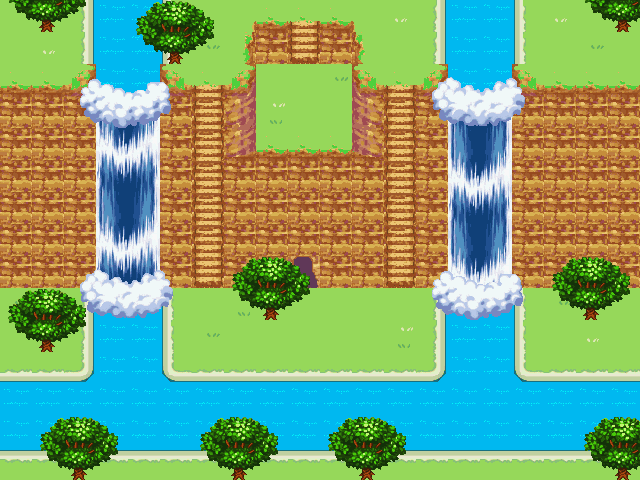
D. Perspective View
Hight perspective is not the only way to manipulate perception. Another interesting one is distance perception.
Here is a perspective view created by Riche:
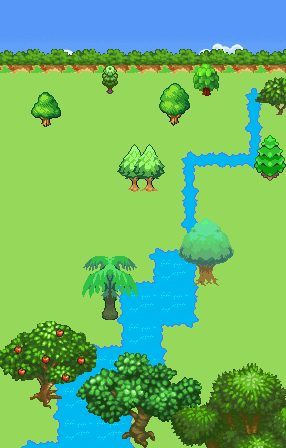
By using the variations in the sizes of the trees, one is able able to create effect of looking further and further into the distance. Also the river getting skinnier as it goes further up the map add to the effect.
E. Shadows
Shadows are a tough addition to any house. When adding shadows to a house, you must look first at the source of light. When adding shadows, looking at real life shadows for examples can help a lot to determine how large they should be and which direction they should go.
For example, if the light source is all the way to the right, low in the sky, then the shadows will be long and going to the left.
Example Image Explanation:
